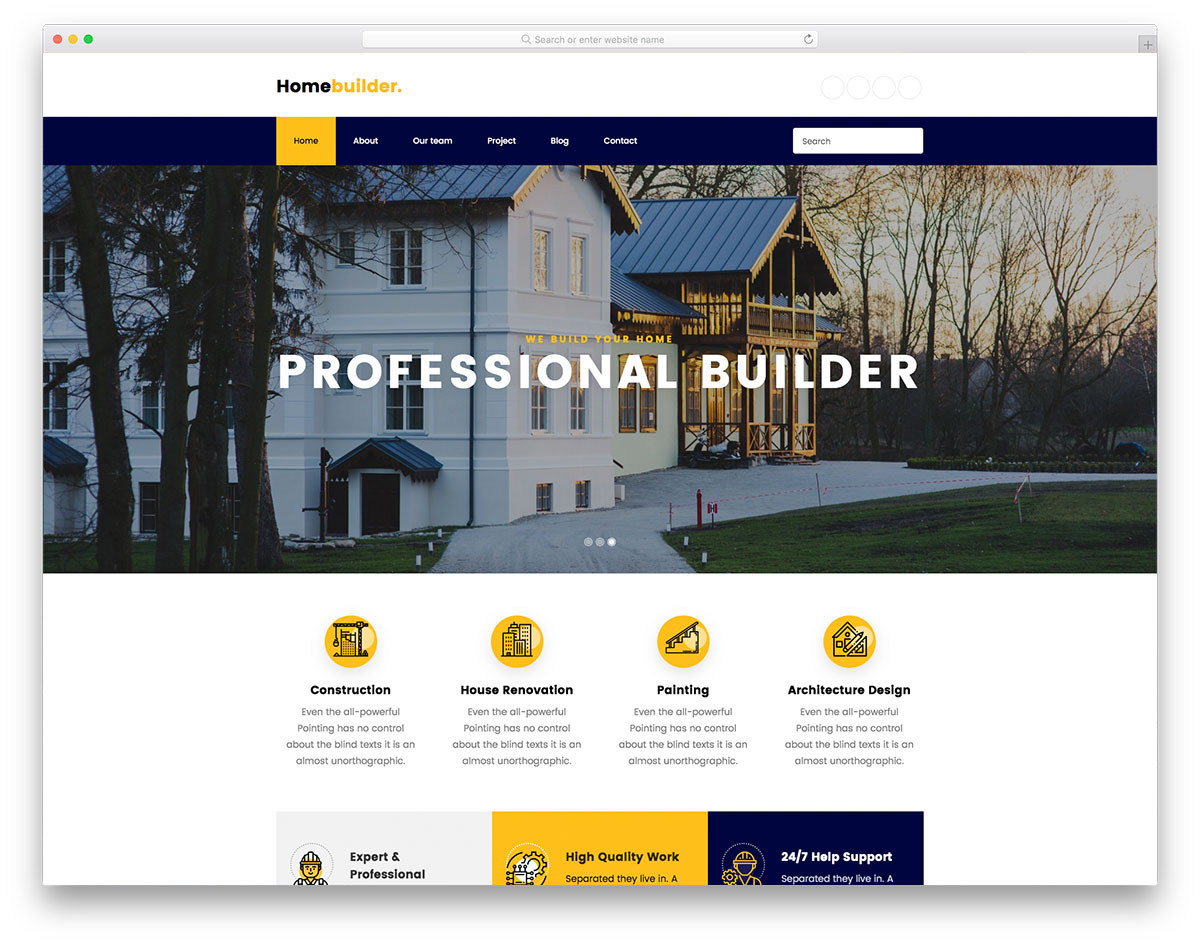As you reflecting on the process of building a fresh home, many factors are involved that can substantially impact the proceedings. In this context, local regulations stand out as a crucial element that future homeowners must understand. Understanding zoning laws, building permits, and different municipal codes can not only impact the duration of your project as well as your overall financial plan and design choices. New home project is a dream for many, but local regulations can frequently change that dream into a difficult puzzle that demands careful thought and expertise.
As you embark on this exciting adventure, it is important to be aware of how these local regulations may impact every stage of your build. From selecting the perfect floor plan to grasping the costs involved in construction, being knowledgeable will enable you to make savvy choices along the path. In this guide, we will examine the main factors associated with new home construction, including design trends, financing, and the construction approach, all while recognizing the critical role that local regulations play in defining the home you envision.
Timeframe and Organization for New Home Construction
Organizing a new home construction commences with grasping the schedule involved. Generally, the entire process can extend several months to more than a year, based on different factors such as the complexity of the design, building codes, and climatic situations. To start, homeowners should allocate time for choosing a plot, creating a layout, and arranging financing. Each of these steps is essential in setting the foundation for a successful project.
Once the planning phase is finalized, the actual construction timeline can be split into phases. Once obtaining the necessary approvals and clearances, the site preparation will start, followed by framing, roof work, and setting up utilities. It is essential for homeowners to stay informed about all stages, as setbacks can occur due to problems with approvals or surprising site conditions. Regular communication with construction teams can assist deal with these challenges effectively.
Reducing potential delays also requires proactive planning. Homeowners should get ready for possible issues by allowing extra time in their planning for building inspections, weather-related delays, and inventory shortages. This planning can greatly minimize the stress associated with the home building journey. By grasping the timeline and having a organized planning method, homeowners can ensure their residential construction experience stays as smooth and efficient as feasible.
Opting for the Correct Building Materials and Style
Selecting the appropriate building materials and style for your upcoming home is a key step in the building process. It influences not only the aesthetic appeal of the house but also its durability, maintenance costs, and energy efficiency. Start by considering the regional climate and how different materials perform under various weather conditions. For example, if you live in an area prone to storms, sturdy materials such as brick or fiber cement siding may be a better choice. Additionally, using sustainable materials can enhance your home's environmental profile and reduce energy bills in the future.
Styling trends are also important to consider, especially as consumer preferences continue to evolve. Current styles suggest a movement towards open concept designs, which facilitate better flow between living spaces and encourage social interaction. However, this style might not suit all preferences, so evaluating the benefits and drawbacks of open versus traditional designs is recommended. Moreover, incorporating smart home features and energy-efficient styles are increasingly favored, catering to modern homeowners who value technology and sustainability.

As you complete your decision, consider working with a professional architect or designer who can help you create a unified vision that aligns with your lifestyle. They can offer insights on how to balance practical requirements with aesthetic desires, ensuring that your home reflects your personality while fulfilling practical demands. By thoughtfully picking materials and styles that suit both your preferences and functional requirements, you will set the groundwork for a home that you will cherish for years to come.
Funding Your New Construction
Financing a new construction requires thoughtful preparation and consideration of multiple possibilities. A majority of buyers consider building loans, which differ from traditional mortgages in that they provide money in increments based on the advancement of the build. It is crucial to secure pre-qualification from a lender, as it will give you a clear financial plan and help you evaluate various funding choices. Additionally, being aware of the conditions of your loan and any hidden charges will ensure that you are fully prepared for the financial commitment involved in creating your new residence.
Moreover, to consider is budgeting for the different expenses associated with homebuilding. Beyond just the funding amounts, it's imperative to factor in the cost of land, licensing fees, utility setup, and landscaping. It is often recommended to set up a emergency budget to cover unexpected expenses that might occur during the building phase. Therefore, a well-planned budget will not only minimize monetary strain but will also help you stay well-informed throughout the build.
Lastly, consider the benefits of get the guidance of financial advisors who focus on building financing. They can help you steer through the difficulties and find the best loan products suited for your particular situation. best site feel reluctant to inquire about the available funding methods on offer, interest rates, and payment schedules. A comprehensive knowledge of your finances will lead to a less stressful home building journey and help you attain your desired home without going over your budget.
